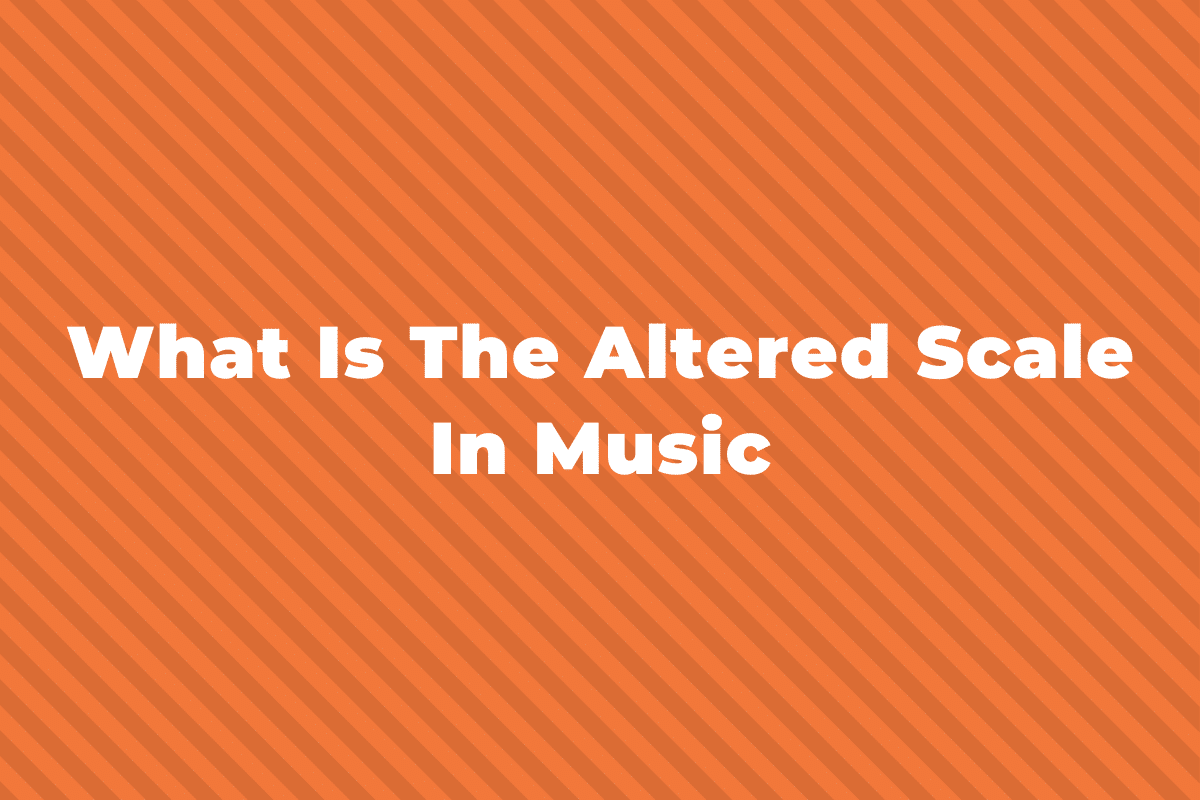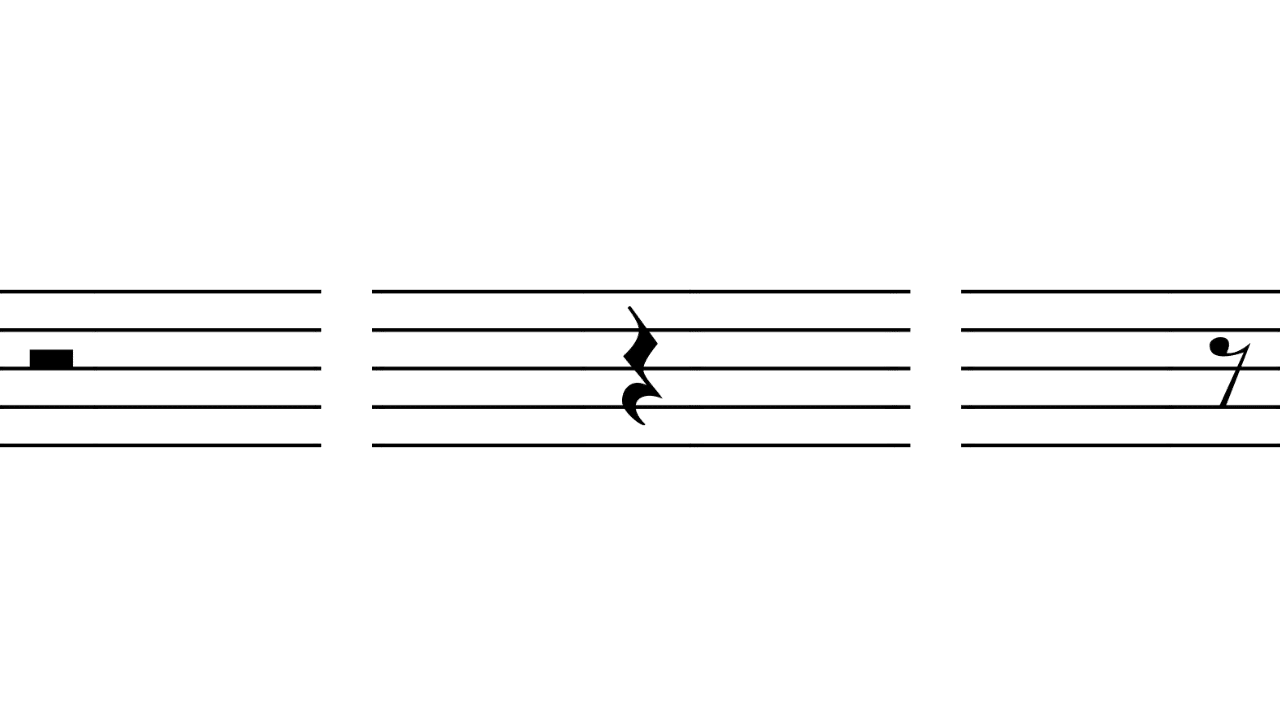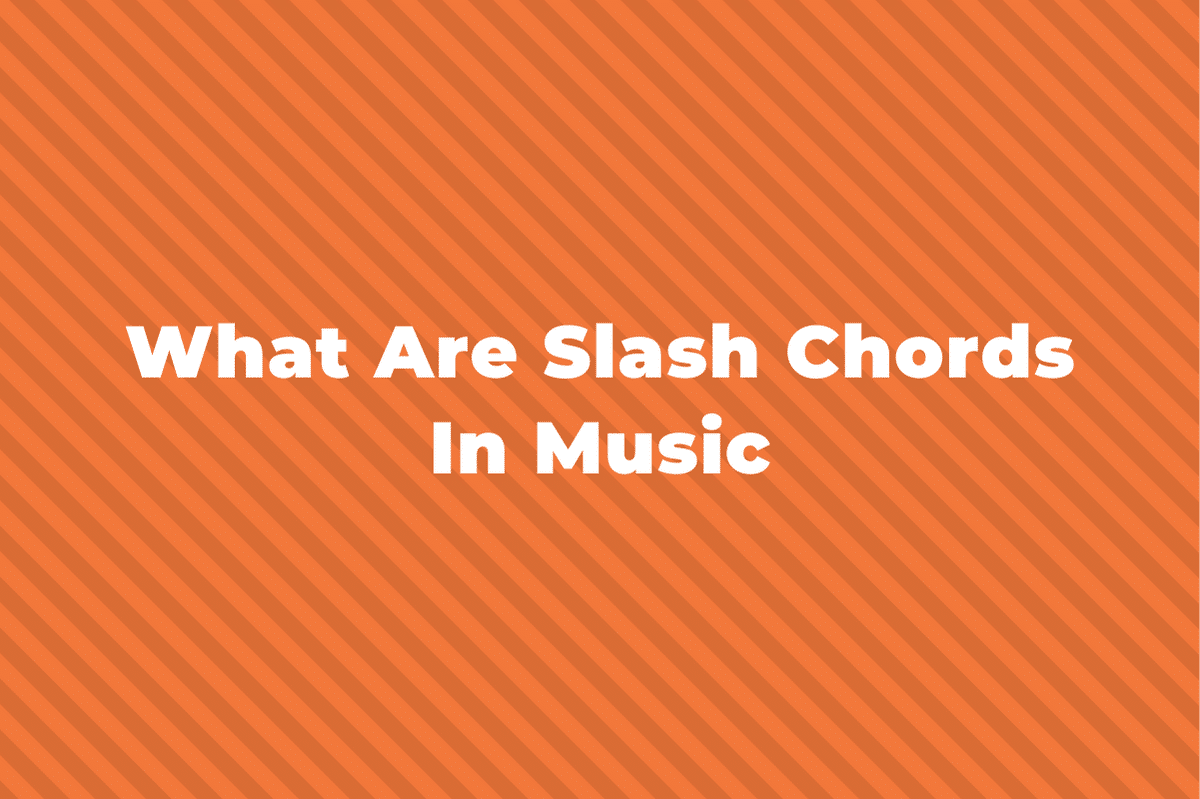In music, a canon (with a single “n” – not to be confused with cannon with a double “n,” which refers to a large-caliber gun!) is a piece in which we hear an initial melody, which is then imitated by one or more other parts.
There are lots of different types, and in this article, we’ll look at exactly what constitutes a musical canon, its history, and some famous examples, some of which you may already be familiar with without having realized that you were listening to a canon.
Definition of Canon in Music

A Canon is a form of composition technique in which an initial melody is imitated by one or more other parts. This imitation might be an exact replica of the original melody, or it might be altered in some way.
There are many types of canon, but one of the most common is the round. A good example is the children’s songs “Row, Row, Row Your Boat” or “Frere Jacques.”
As the the initial melodies are repeated, they create counterpoint as they overlap and interact with each other.
What Is Counterpoint?
Canons are an example of counterpoint. Counterpoint refers to the relationship between two or more simultaneously played melodic lines – also known as voices – which have a shared harmonic reference point but are independent in their rhythm and melodic shape.
Perhaps the most famous examples are in the polyphonic music of Baroque composers such as J.S. Bach and George Frideric Handel, where multiple independent voices often weave a complex web of melodies to mesmerizing effect.
But there are numerous examples of counterpoint from across the history of Western classical music dating back to the Medieval period.
How a Canon Works
First, the melody is stated. This is called the leader, or the dux, which is followed by the imitative melody, or the comes, which is played or sung by a different voice.
This might be an exact, unchanged repetition of the original melody, or it may have been transformed in some way.
The note values might have been augmented, meaning “made longer”, or diminished, meaning “made shorter”.
The pitches might be read in reverse, to create what is called a retrograde of the original melody, or the intervals might all be flipped to create a mirror image of the original melody.
A whole piece might be written as a canon or just a single part of it.
We’ll see a few musical examples in this article where it is just used as a compositional device in a single movement of a larger piece, for example.
A canon uses two or sometimes more voices.
Rounds
The most simple form of a cannon is the round.
This is where the imitations are identical to the original voice, so essentially, it is the same melody being sung by multiple parts, starting at different times.
“London’s Burning” is a famous example of this.
It is popular with children’s choirs because the leader can teach everyone a relatively simple melody.
Each voice or group of voices then begins singing two bars after the previous entry, and the ultimate effect can be very impressive.
“Frère Jacques” and “Row, Row, Row Your Boat” are also well known songs that work well as rounds:
Early History of the Canon
The earliest known canon is Sumer is icumen in, an English song from the 13th Century in which four voices sing an imitative canon based on a single melody above two other voices that form a ground bass.
In the 14th Century, French and Italian hunting songs often made use of canons.
Se je Chant is a famous French example, while composers like Jacob de Senleches and Guillaume de Machaut used canons in more formal compositions around this time.
In the 15th Century canons were used in settings of the Mass, a traditional part of the Catholic church service.
Johannes Ockeghem’s famous Missa prolationum is an example of a mensuration canon (also known as a prolation canon), in which the main melody is accompanied by imitations of that melody played at different speeds to create a complex rhythmic texture:
However, despite these earlier examples, the word canon was not actually used until the 16th Century.
Canons in the Baroque Period
One of the characteristics of the Baroque period is polyphonic music with intricate counterpoint between multiple parts, so it makes sense that some of the most famous canons are from this era.
In J.S. Bach’s Goldberg Variations, every third variation is written in canon form.
Furthermore, To add an additional layer of complexity, each one starts one note higher in relation to the original melody.
So in Variation 3, the second entry starts on the same note as the first, then in Variation 6 the second entry starts a tone above the first entry, and in Variation 9 the second entry starts a third above the first entry.
This continues all the way until Variation 27, where the follower starts a ninth above the leader.
Bach took a mathematical, often puzzle-like approach to writing canons.
This video demonstrates the workings of his incredible “crab canon”, in which the initial melody is later accompanied by that same melody played backward, like a kind of musical palindrome:
Pachelbel’s Canon in D Major, perhaps the most famous canon of all, is written for three violins and basso continuo.
It begins with a simple melody in the bass part, which is then passed to the upper parts where it becomes gradually more complex.
Most of the music written by the German Baroque composer Johann Pachelbel was all but forgotten until recordings of this piece in the 1960s and ‘70s helped restore it to public attention.
The Canon in D is one of the most recognisable compositions in the pantheon of Western classical music, and has become a popular choice as a piece of music for weddings:
Canons in the Classical and Romantic Eras
In the Classical and Romantic periods composers continued to use the canon as an occasional musical device within some pieces.
Wolfgang Amadeus Mozart’s Auf das Wohl aller Freunde, a canon for three voices, uses a similar technique to the one used in Bach’s Goldberg Variations, where the second voice enters a tone above the initial melody, then the third voice enters a sixth below.
Mozart utilised clever techniques like this in a number of pieces, but always managed to make them sound completely natural, despite them being based upon strict rules or mathematical ideas.
Joseph Haydn uses a more straightforward two-part canon in the third movement of his String Quartet in D minor, Opus 76.
The two violins play a melody in parallel octaves, followed by an imitation by the viola and cello, also in parallel octaves, one bar behind them.
Ludwig van Beethoven’s sole opera Fidelio includes Mir ist so wunderbar, an intricate canon for a quartet of singers:
Romantic composers also sometimes used canonic writing, although it was often obscured by the rich chordal textures that were typical of that period.
Johannes Brahms, Robert Schumann and others made subtle use of the technique, although it is more clearly audible in the choral piece Lerchengesang by Felix Mendellsohn, who was deeply influenced by Bach.
Modern Canons
The serialistic work of the Second Viennese School took a rather mathematical approach to music, and was also concerned with melodic counterpoint.
Canons, therefore, were a perfect fit, and Anton Webern was particularly noted for his use of them.
His Symphonie No. 21 from 1925 puts a double canon (a canon that unfolds two canonic themes simultaneously) in an atonal context.
Igor Stravinsky’s Double Canon for string quartet also makes use of twelve tone techniques, while Arvo Pärt took inspiration from Medieval plainchant when writing Cantus in Memoriam Benjamin Britten, another 20th Century canon.
Steve Reich has often used canons in his minimalist music.
Clapping Music, a duo piece for two clapping musicians, is written in strict canon:
Summary
So, that concludes our look at the history of canons in Western classical music.
Although the most famous examples are probably J.S. Bach’s Goldberg Variations and Pachelbell’s Canon in D Major, which both come from the Baroque period, it’s important to remember the term canon refers to a compositional technique, rather than a specific style.
So there are canons that date back to the Medieval period, as well as some weird and wonderful examples of the genre from the 20th Century and beyond.



